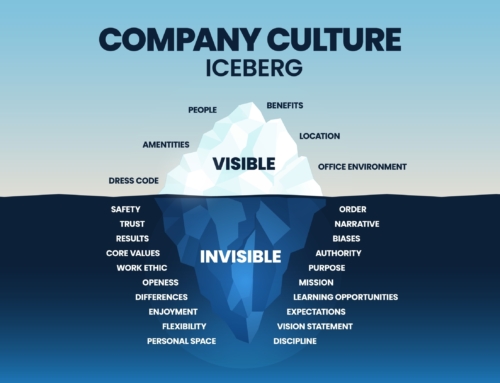Where do your Management/Leadership team sit? Are they busy looking after BAU trying to keep their heads above water, on an even keel? Or are they making time to look to the future, plan, and challenge the status quo? I understand there are pros and cons of both approaches, but the question remains: ‘Are you making choices through deliberate decisions or operating by default?’ Many organisations assume their management/leadership team are proactively growing the business, when that is not always the case. It may seem like BAU is getting the job done, but I would suggest BAU is not holding your organisational level; it is actually declining in real terms as your competition and the market lift their game. BAU has its pros, but the cons, in relation to your business, could far exceed those perceived positives.
Here’s a handy checklist summary to keep things clear:
Business as Usual or Caretaker Management:
So, think of caretaker management like this: it’s all about keeping things as they are. The main goal here is to maintain the status quo, kind of like keeping a well-oiled machine running smoothly.
Pros:
- Stability: This approach keeps things steady, which can be reassuring for everyone involved.
- Less Risk: It’s not big on taking chances, so there’s less risk of things going haywire.
- Predictability: You pretty much know what to expect, which can be comforting.
- Cost Savings: Making only small changes can save money.
Cons:
- Innovation Shortfall: It’s not the most innovative approach, so you might miss out on fresh ideas.
- Opportunity Misses: You could miss out on exciting growth opportunities because you’re not actively seeking them.
- Employee Boredom: Doing the same old thing can lead to employee boredom and disengagement.
- Lagging Behind: In fast-moving industries, you might fall behind more adventurous competitors.
Growth Leadership:
Now, picture growth leadership as the opposite. It’s all about aiming higher, embracing change, and pursuing growth and innovation.
Pros:
- Innovation Boost: Growth leaders are all about innovation and encourage creative thinking.
- Competitive Edge: This approach makes your organization more competitive and nimble.
- Motivated Employees: Pursuing growth can really motivate and engage your employees.
- Adaptability: You’re better prepared to handle change and adapt to new circumstances.
Cons:
- Risk Factor: Going for growth often means taking on more risks, which can be a bit nerve-wracking.
- Resource Challenges: Expanding too quickly can strain your resources and lead to inefficiencies.
- Short-Term Sacrifices: Sometimes, you have to make short-term sacrifices for long-term gains.
- Uncertainty: Rapid growth can introduce a dose of unpredictability.
Comparison:
- Focus: Caretaker management is about maintaining, while growth leadership is all about expanding and innovating.
- Risk Tolerance: Caretaker management plays it safe, while growth leadership is willing to take calculated risks.
- Employee Engagement: Growth leadership often leads to happier and more engaged employees, while caretaker management can leave folks feeling uninspired.
- Adaptability: Growth leadership is all about being flexible, whereas caretaker management can struggle with change.
- Long-Term Outlook: Growth leadership has its eyes on the long-term, while caretaker management often sticks to short-term goals.
So, in a nutshell, it all boils down to what your organisation needs and where it wants to go. Stability or growth, or maybe a mix of both? The choice is yours! And that is the key:














Dr Susan Roberts says: